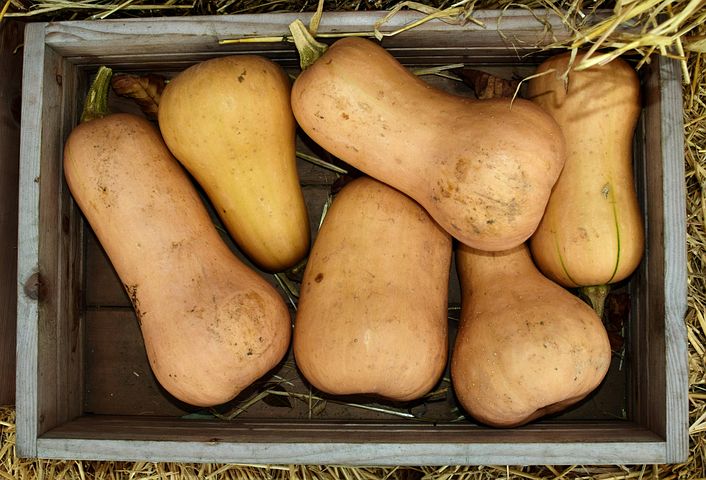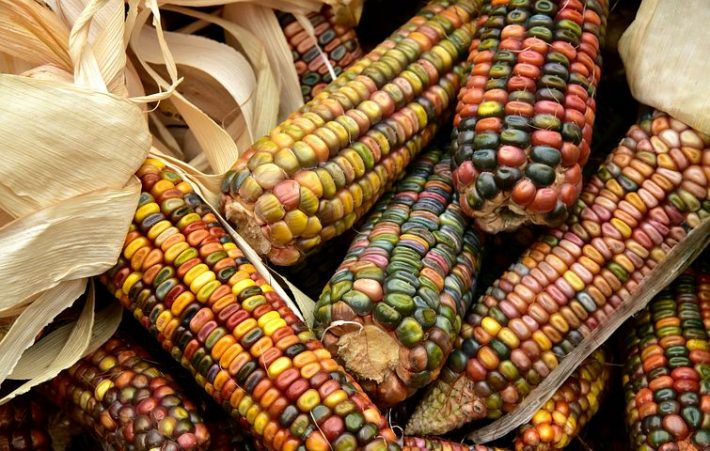Intercropping – the future of agricultural pest control
A new study from the University of Florida explores the effectiveness of planting a variety of crops as a method of pest control.

Intercropping, which is the practice of planting mixtures of crops, can be an effective pest management tool worldwide, a new University of Florida study shows.
Results were complied from 44 field studies in six continents, focusing on four crop types: cabbage, squash, cotton and onion. The crops were planted both on their own and mixed with a companion plant species.
During the study, scientists recorded 272 total occurrences of 35 different plant-eating species present on crops. This makes the study one of the most comprehensive evaluations of intercropping effectiveness worldwide.

Lead researcher Philip Hahn explained “Overall, intercropping proved to be very effective against pests. However, it’s effectiveness did vary based on the pest and their feed preferences. It also depended on crop type, with cabbage and squashes showing the strongest resistance.”
There are a few common methods of intercropping. Sometimes non-profitable crops are planted around the border of the field to repel or intercept pests before they can damage the cash crop. Alternatively, companion plants can be planted within the field to disrupt pests from locating the main crop.
A common intercropping combination is known as the Three Sisters: corn, squash and beans. The study found that interspersed planting schemes, like the Three Sisters, made it harder for pests to locate their preferred plants. This method was more effective than border plantings.

“We found that intercropping was more effective for generalist pests that feed on a variety of crops,” furthered Hahn. “Specialist pests that target one type of crop were less affected.” These types of pest have a long history of co-evolution with the plants that they target. Therefore, they may be less influenced by the presence of a neighbouring companion plant.
Researchers have long been interested in studying the value of intercropping systems, which provided an abundance of data in this study. The authors included both earlier analyses, as well as more recent studies. This allowed for a comprehensive evaluation of the conditions that best promote the benefits of intercropping.
While variability proved to be a common thread across studies, Hahn noted that a geographical pattern arose, however weakly. “We found a stronger benefit for pest suppression at lower latitudes – so, in tropical systems versus northern temperate ones,” said Hahn. “In the tropics there tend to be more species of insects year-round. It was surprising that the pattern was not as strong as expected.”
The authors’ analysis will likely inform future investigations, as neighbouring plant selections could be the key to success in intercropping systems. The new research provides recommendations for piecing together the most effective companion plantings, while also highlighting pairs that seem to be less effective.
“There are a few combinations that seem to be particularly effective at reducing pest abundance,” concluded Hahn. “Overall, for growers interested in organic methods, intercropping seems to be a very effective tool.”
Article adapted from a University of Florida press release.
Read the full paper here:
, & (2023). Environmental context and herbivore traits mediate the strength of associational effects in a meta-analysis of crop diversity. Journal of Applied Ecology, 00, 1– 11. https://doi.org/10.1111/1365-2664.14382
Like what we stand for?
Support our mission and help develop the next generation of ecologists by donating to the British Ecological Society.